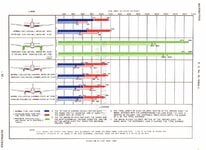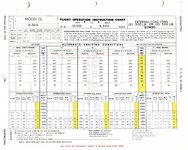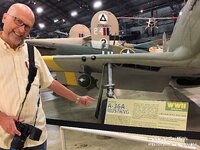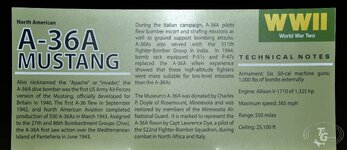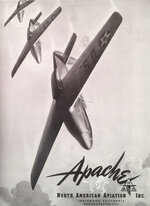Thumpalumpacus
Lieutenant Colonel
The big, decisive moment for the SBDs was when the Japanese fighters were landed (aircraft carriered?), refuelling after massacring VT-8.
While it's true that the CAP was preoccupied, it was still a hot environment, and there were some fighters chasing the SBDs down. And while the attacks on 4 Jun 42 were uncoordinated, luck put the CAP in a hard spot -- which would also obtain from a truly coordinated attack as on the Shoho.
IIRC, the SBD is one of the few bomber-types to be credited with a positive fighter-kill ratio, too; though how accurate that is is definitely open to debate.
The point is that the qualifier "early in the war" isn't entirely accurate, and that's not limited to American DBs, either. I'm not saying there's no truth to it, but that even in contested attacks they could and did produce good results.
And many USN scout/DB pilots later in the war still preferred the SBD over the SB2C.

